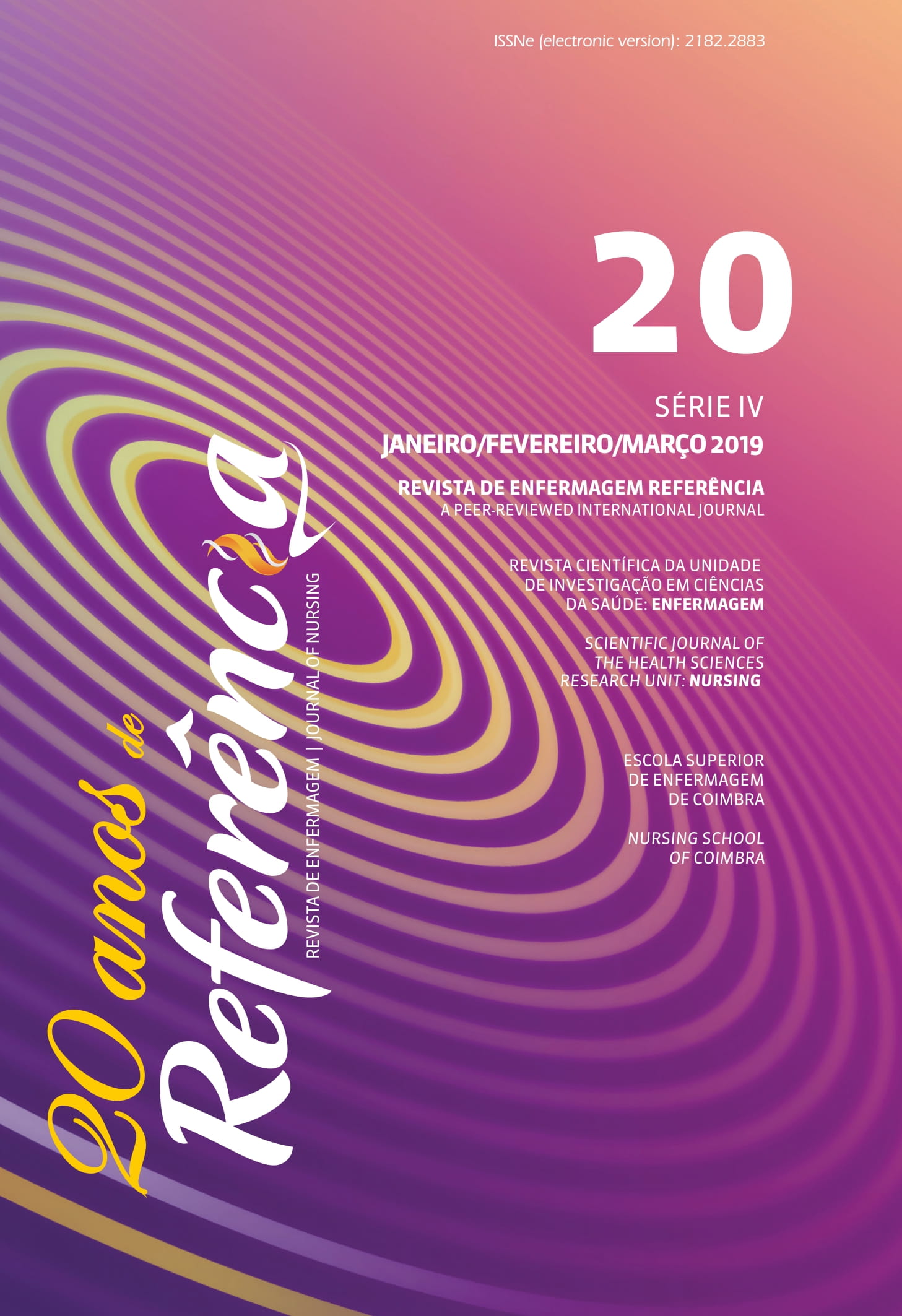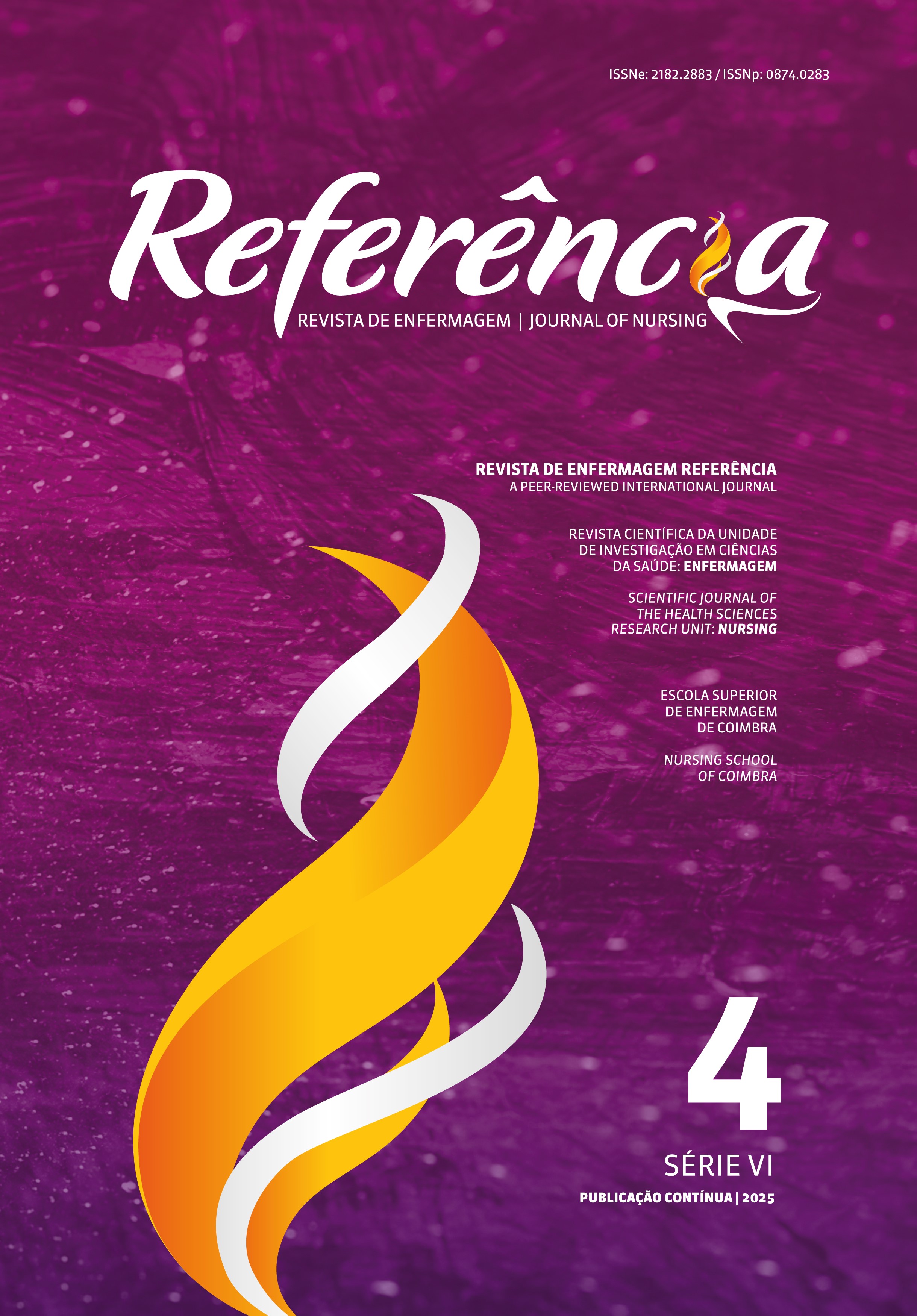Quality of life of victims of traumatic brain injuries undergoing neurosurgery
DOI:
https://doi.org/10.12707/RIV18069Keywords:
quality of life, brain injuries, traumatic, rehabilitation, nursing assessment, wounds and injuriesAbstract
Background: The improvements occurred in trauma care reflected in the increase of survivors of traumatic brain injury (TBI). However, the deficiencies and disabilities have not reduced. The quality of life (QOL) has been recognized as an essential result to quantify the subjective burden of TBI in survivors.
Objective: To assess the QOL of TBI victims undergoing neurosurgeries in a hospital of reference.
Methodology: A cross-sectional study conducted with 116 TBI victims treated in a neurosurgery outpatient clinic. The data were obtained from medical records and using the application of the questionnaire World Health Organization Quality of Life – Bref.
Results: The QOL of participants was above the average (60.02). The lowest mean was the physical domain (42.33). People who studied and/or worked obtained higher scores for the physical (p = 0.027) and psychological (p = 0.052) domains.
Conclusion: Living with someone, studying, and working are factors that interfere with the perception of a better QOL. The elderly showed a tendency to a worse assessment of post-trauma-related QOL.
Downloads
References
Almeida, C. E., Sousa Filho, J. L., Dourado, J. C., Gontijo, P. A. Dellaretti, M. A., & Costa, B. S. (2016). Traumatic brain injury epidemiology in Brazil. World Neurosurgery, 87, 540-547. doi:10.1016/j.wneu.2015.10.020.
Alves, A. L., Salim, F. M., Martinez, E. Z., Passos, A. D., Carlo. M. M., & Scarpelini, S. (2009). Quality of life in trauma victims six months after hospital discharge. Revista de Saúde Pública, 43(1), 154-160. doi:10.1590/S0034-89102009000100020.
Blennow, K., Brody, D. L., Kochanek, P. M., Levin, H., McKee, A., Ribbers, G. M., Yaffe, K., & Zetterberg, H. (2016). Traumatic brain injuries. Nature Reviews Disease Primers,17(2), 16084. doi:10.1038/nrdp.2016.84.
Cárdenas, S. F., & Pons, L. S. (2012). The usage of the Cronbach Coefficient alpha in the analysis of the written instruments. Revista Médica Electrónica, 34(1). Recuperado de http://scielo.sld.cu/pdf/rme/v34n1/spu01112.pdf
Contador, J. L., & Senne, E. L. (2016). Non-parametric tests for small samples of categorized variables: A study. Gestão & Produção, 23(3), 588-599. doi: 10.1590/0104-530x357-15.
Fleck, M. P., Louzada, S., Xavier, M., Chachamovich, E., Vieira, G., Santos, L., & Pinzon, V. (2000). Application of the Portuguese version of the abbreviated instrument of quality life WHOQOLbref. Revista de Saúde Pública, 34(2),178-183. doi: 10.1590/S0034-89102000000200012.
Grauwmeijer, E., Heijenbrok-Kal, M. H., Haitsma, I. K., & Ribbers, G. M. (2017). Employment outcome ten years after moderate to severe traumatic brain injury: A prospective Cohort Study. Journal of Neurotrauma, 34(17), 2575-2581. doi: 10.1089/neu.2016.4846.
Hinkle, D. E., Wiersma, W., & Jurs, S. G. (1998). Applied statistics for the behavioral sciences (4th ed.). Boston, MA: Houghton Mifflin.
Monteiro, L. F., Frasson, M. Z., Wrsesinski, A., Bardini, A. V., Lin, J., & Fernandes, A. F. (2016). Caracterização dos pacientes com traumatismo crânio encefálico grave admitidos em um hospital terciário. Arquivos Catarinenses de Medicina, 45(3), 2-16. Recuperado de http://www.acm.org.br/acm/seer/index.php/arquivos/article/view/107/98.
O’Reilly, K., Wilson, N., & Peters K. (2017). Narrative literature review: Health, activity and participation issues for women following traumatic brain injury. Disability and Rehabilitation, 6, 1-12. doi:10.1080/09638288.2017.1334838.
Oliveira, D. M., Pereira, C. U., & Freitas, Z. M. (2014). Scales for evaluating the level of consciousness in trauma brain injury and their relevance to nursing practices. Arquivos Brasileiros de Neurocirurgia, 33(1), 22-32. Recuperado de http://files.bvs.br/upload/S/0103-5355/2014/v33n1/a4284.pdf
Peeters, W., van den Brande, R., Polinder, S., Brazinova, A., Steyerberg, E. W., Lingsma, H. F., & Maas, A. I. (2015). Epidemiology of traumatic brain injury in Europe. Acta Neurochirurgica, 157(10),1683-96. doi:10.1007/s00701-015-2512-7.
Rodrigues, R. A., Robazzi, M. L., Erdmann, A. L., Fernandes, J. D., Barros, A. L., & Ramos, F. R. (2015). Doctoral theses from nursing postgraduate programs in Brazil and their association with the Millennium Development Goals. Revista Latino-Americana de Enfermagem, 23(3), 395-403. doi:10.1590/0104-1169.0667.2565.
Ruet, A., Jourdan, C., Bayen, E., Darnoux, E., Sahridj, D., Ghout, I., … Azouvi, P. (2017). Employment outcome four years after a severe traumatic brain injury: Results of the Paris severe traumatic brain injury study. Disability and Rehabilitation, 18,1-8.doi:10.1080/09638288.2017.1327992.
Santos, F., Casagranda, L. P., Lange, C., Farias, J. C., Pereira, P. M., Jardim, V. M. R., & Torres, A. A. (2013). Traumatic brain injury: Causes and profile of victims attended to at an emergency health clinic in Pelotas, Rio Grande do Sul, Brazil. Revista Mineira de Enfermagem, 17(4), 882-887. doi:10.5935/1415-2762.20130064.
Scholten, A. C., Haagsma, J. A., Andriessen, T. M., Vos, P. E., Steyerberg, E. W., van Beeck, E. F., & Polinder, S. (2015). Health-related quality of life after mild, moderate and severe traumatic brain injury: Patterns and predictors of suboptimal functioning during the first year after injury. Injury, 46(4), 616-624. doi: 10.1016/j.injury.2014.10.064.
Sinha, S., Gunawat, P., Nehra, A., & Sharma, B. S. (2013). Cognitive, functional, and psychosocial outcome after severe traumatic brain injury: A cross-sectional study at a tertiary care trauma center. Neurology India, 61(5), 501-506. doi:10.4103/0028-3886.121920
Vieira, R. C., Hora, E. C., Oliveira, D. V., Ribeiro, M. C., & Sousa, R. M. (2013). Quality of life of victims of traumatic brain injury six months after the trauma. Revista Latino-Americana de Enfermagem, 21(4), 868-75. doi:10.1590/S0104-11692013000400006
Weber, K. T., Guimarães, V. A., Pontes Neto, O. M., Leite, J. P., Takayanagui, O. M., & Pontelli, T. E. (2016). Predictors of quality of life after moderate to severe traumatic brain injury. Arquivos de Neuro-Psiquiatria, 74(5), 409-415. doi:10.1590/0004-282X2016005. World Health Organization. (1997). Whoqol: Measuring quality of life. Geneva: Author.






















